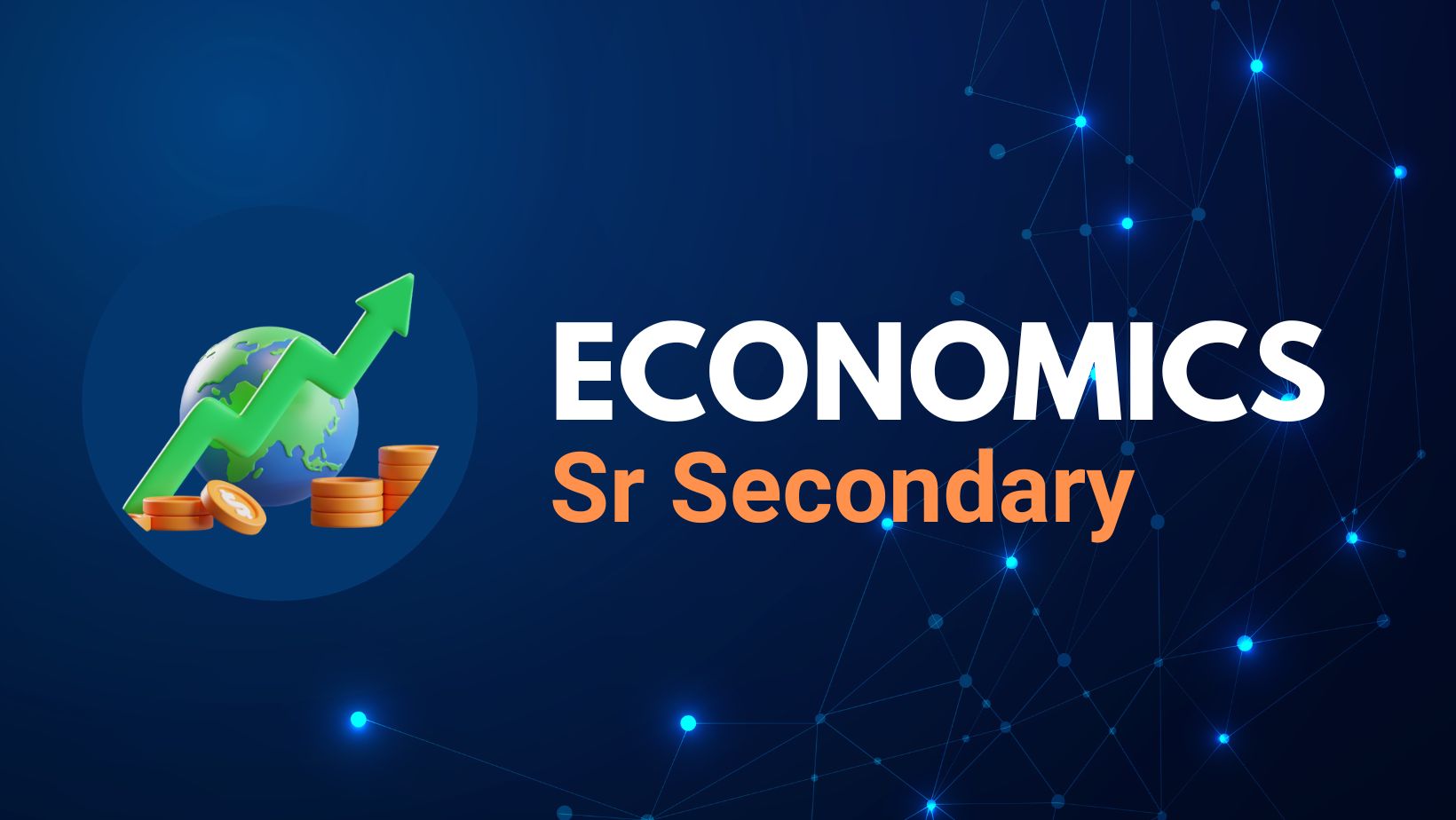Economics Sr Secondary

About Course
Economics Sr Secondary
Course Content
CHAPTER 1 OVERVIEW OF INDIAN ECONOMY
-
OVERVIEW OF INDIAN ECONOMY
00:00
CHAPTER 2 ECONOMIC PLANNING IN INDIA
CHAPTER 3 ECONOMIC GROWTH AND ECONOMIC DEVELOPMENT
CHAPTER 4 THE PROBLEM OF UNEMPLOYMENT, POVERTY AND INEQUALITY
CHAPTER 5 MEANING, SCOPE AND ITS NEED IN ECONOMICS
CHAPTER 6 COLLECTION AND CLASSIFICATION OF DATA
CHAPTER 7 PRESENTATION OF DATA
CHAPTER 8 MEASURMENT OF CENTRAL TENDENCY
Student Ratings & Reviews

No Review Yet